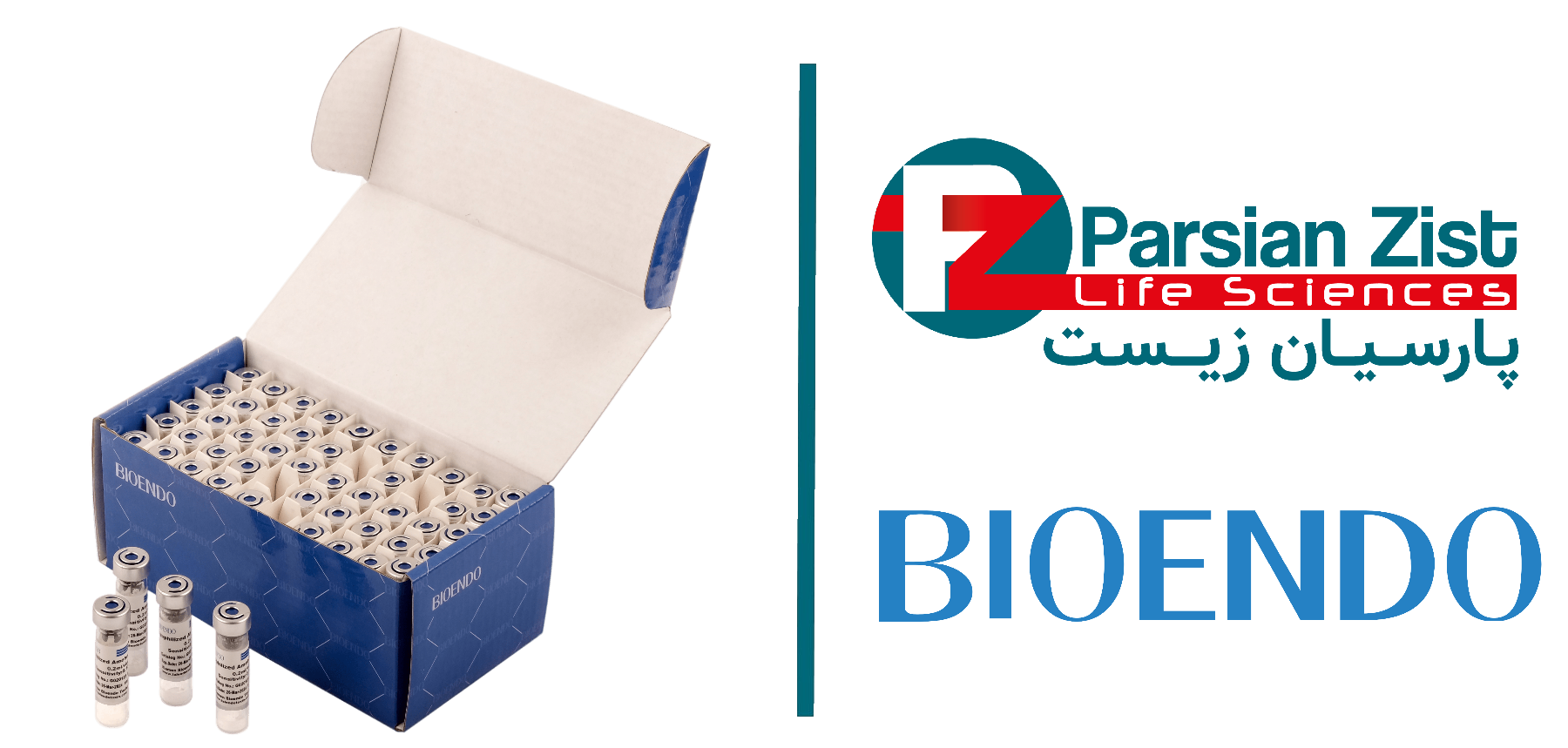

جانسون کاغذ صافی
کاغذ های صافی بر أساس نوع خاکستر به جام انده و نیر قطر منافذ دسته بندی میشوند
خاکستر کم یا بدون خاکستر (اشلس Ashless)
کاغذ صافی های بدون خاکستر یا خاکستر کم در هنگام سوختن نباید از خود هیچ خاکستری به جا بگذارد و یا حداقل خاکستر را بجا بگذارد این کاغذ ها در آنالیز های مهم مانندآنالیزهای غذذایی و ... کاربرد دارد برای تست اصل بود کاغذ صافی از کمپانی جانسون میتوانید یک برگ از آن را در کوره ۹۰۰ درجه بگذارید در صورتی که خاکستری به جا نمانده میتوانید از اصل بودن کالا اطمینان حاصل فرماییدکاغذ صافی های کمی ( Quantitative Filter Papers ) ، انواع کاغذ صافی آزمایشگاهی
این نوع کاغذ صافی ه جانسون در آنالیز و فیلتر کردن محلول ها استفاده میشود که در آن باید رسوب شیمیایی ، به عنوان مثال از صاف کردن با قیف بوخنر تحت خلاء ، بازیابی گردد.کاغذ صافی های کیفی ( Qualitative Filter Papers ) ، انواع کاغذ صافی آزمایشگاهی
این نوع کاغذ در تکنیک های کیفی مورد استفاده قرار میگیردکه برای استفاده و بازیابی محلول در hplc مورد استفاده قرار میگیردانواع کاغذ صافی آزمایشگاهی و سایز ریز متوسط و درشت ، سه نوع کاغذ صافی معمول است :
بافت ریز: این کاغذ صافی برای صاف کردن رسوبهای خیلی ریز استفاده میشود .واتمن 42 و 44 نمونه ای از این نوع کاغذ صافی می باشد. بافت متوسط: این کاغذ صافی برای صاف کردن رسوبهای حاوی دانههای متوسط استفاده میگردد. واتمن 40 نمونه ای از این نوع کاغذ صافی است . بافت درشت : این کاغذ صافی جهت صاف کردن رسوب های دانه درشت و رسوبهای ژلاتینی مورد استفاده قرار میگیرد. واتمن 41 نمونه ای از این کاغذ صافی است .Even in our time of high technology, classical filter papers are being used in many chemical, biological and research laboratories around the world. More often than not they are a piece of complex technology themselves, made of fibre configurations of different materials.
The most important goal of the filtration is to adequately select the type of filter according to its purpose. To do this, we will try, by way of standard, to reach the quickest possible velocity of filtration for the level of retention that we need. The filter papers are depth filters, that is, the retention of the particles take place not only on the surface of the filter but also within the paper by means of mechanisms that are, in some cases, rather complex. Johnson Test Papers offers an extensive range of qualitative, ashless, and technical filter papers that cover broad applications in laboratory and industrial applications. We also offer application specific filters and phase separator papers. The different grades of cellulose filters offer increasing degrees of purity, hardness, and chemical resistance. Some grades are also available in a prepleated format, enabling improved flow rate and increased loading capacity.
Johnson Test Papers’ cellulose filters are manufactured from the finest available raw materials on the market which includes high quality cotton linters which have been treated to achieve a minimum alpha cellulose content of 95% to maintain guaranteed quality, reproducibility, and uniformity. Cotton linters are short-fibred seed hairs from cotton seeds, which cannot be used for textile purposes, but which are highly suitable for the manufacture of soft and absorbent filter papers. In addition to cotton linters we use mainly pulp, which is obtained by chemical treatment of plant materials, e.g. coniferous or deciduous wood. Only the most experienced paper specialists select the raw materials in order to ensure the continuously high quality of our filter papers. The filters are tested for basic weight, thickness, air flow, and mechanical strength. They are mainly used for sample clarification or precipitate recovery before material identification or quantification in areas such as pharmaceutical, chemical, environmental testing, food and beverage, mining, cement and many other industries.
In the filtration process there are various factors that play a role and determine the retention, those factors are the following:
Retention on the surface: Particles larger than the holes formed by the network of cellulose fibers will remain on the surface of the filter. Likewise, as the surface becomes saturated the ability of retention increases due to the formation of a layer of particles until the fill-up level is reached. It is here when the process of filtration stops.
Retention depth: Refers to the mechanisms of retention produced inside the filter. Some of the most important processes are:
- Electrostatic adsorption: according to the polarity of the filter fibres and of the particles that must go through it, in some cases, attraction occurs which makes these particles adhere to the fibre walls and particles smaller than the size indicated in the specifications of the filter are retained.
- Effects of inertia: some particles will literally remain stuck inside the network of fibres due to the high kinetic energy with which they penetrate the pores of the frame.
- Sedimentation: the particles can be captured by the filter network and deposited by gravity in somewhere of the interior space formed by the fibres.
In any case, the efficiency of retention of a filter paper is also determined by the other factors related to the liquid, which can be: the pH value, the viscosity and concentrations of the liquid to be filtered as well as the form and composition of the particles in suspension. Other causes or properties of the filter also affect the efficiency of retention: level of refinement of the cellulose fibres, resistance to the moist state of the filter, thickness, nature of the surface, etc.
So due to the extremely complex mechanisms on which filtration depends, it is sometimes impossible to theoretically determine the most adequate filter for filtration. It is at this moment when, in the case of difficult filtrations, it is essential to do some comparative testing of filtration between various samples of filter paper according to the parameters of retentions that we need. Johnson Test Papers are aware of the difficulty of some operations of filtration and because of this we are willing to help you resolve your problems of filtration for which we have our own laboratory for quality control ensuring consistency in performance.and development of new products.
Filter papers - Qualitative
Standard Qualitative Filter Papers Our qualitative filter papers are recommended for use in general analytical methods which determine or identify particular constitutes of a mixture regardless of the amount present. Qualitative filter papers are often used in routine separation work that still requires high purity and consistent performance with an average ash content of 0.04%.
Wet-strengthened Qualitative Filter Papers Wet-strengthened filter papers are manufactured from a majority of alpha-cellulose. The smooth surface allow a fibre free filtration. They feature a high wet strength and can also be used in the filtration of strong alkaline or acid solutions. Due to their high mechanical strength, they are suited to applications where the residue is removed from the filter, for example with a spatula or jet of water.
Ashless Filter Papers Ashless filter papers are particularly useful for quantitative routine analysis and manufactured from refined pulp. They are acid-washed and have an extremely low ash content of <0.01%.
Wet-strengthened Quantitative Filter Papers Wet-strengthened filter papers are manufactured from refined pulp and have a low ash content of 0.01%. They are often used for quantitative routine procedures and for analytical gravimetric applications. Due to their high mechanical strength in wet condition they are particularly suited for applications where the residue is removed from the filter, for example with a spatula or jet of water.

Glass Fibre Filters
Glass fibre filters allow a fast filtration and a very high particle retention. They are manufactured from 100% borosilicate glass and are chemically resistant towards most organic and inorganic solvents. Applications include environmental analysis for water, wastewater, process biotechnology and gravimetric analysis involving ignition of samples.

 فارسی
فارسی
 English
English
